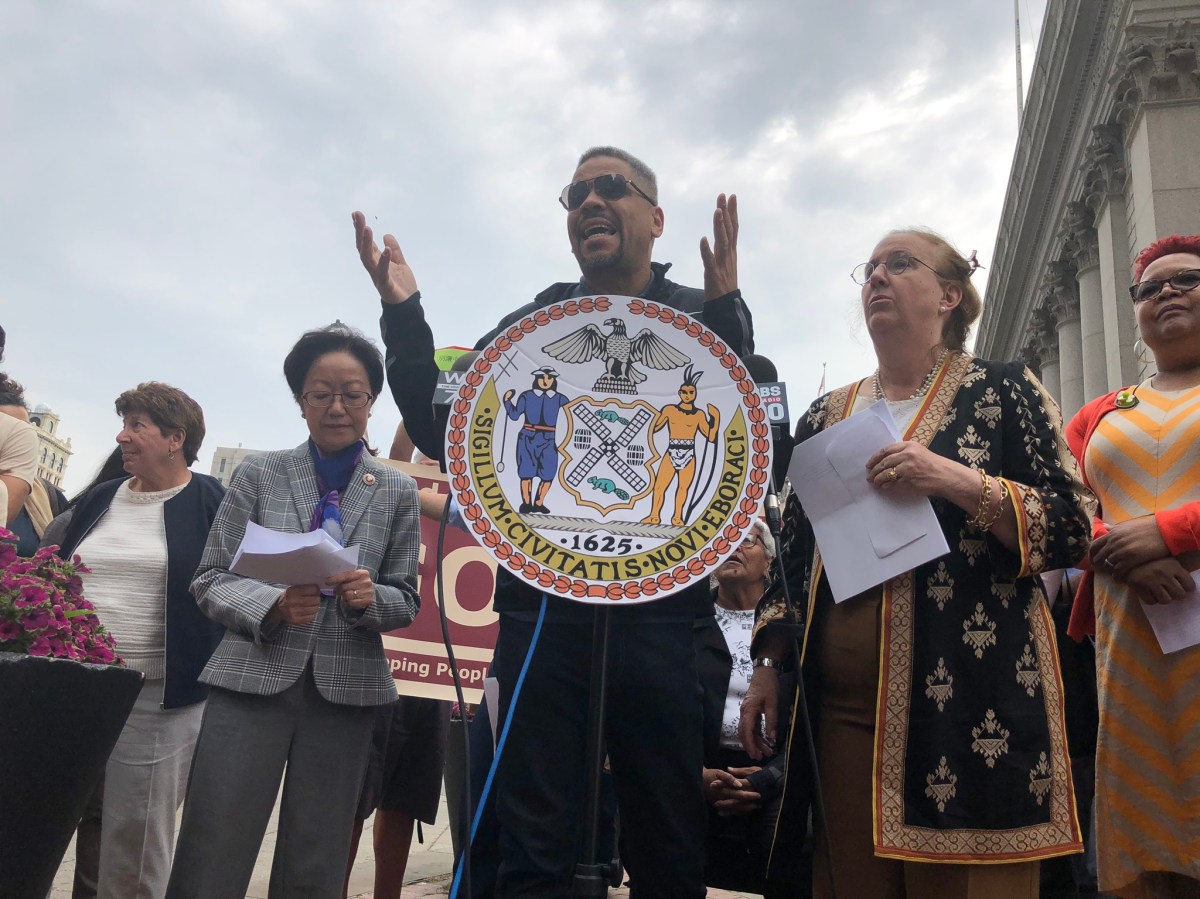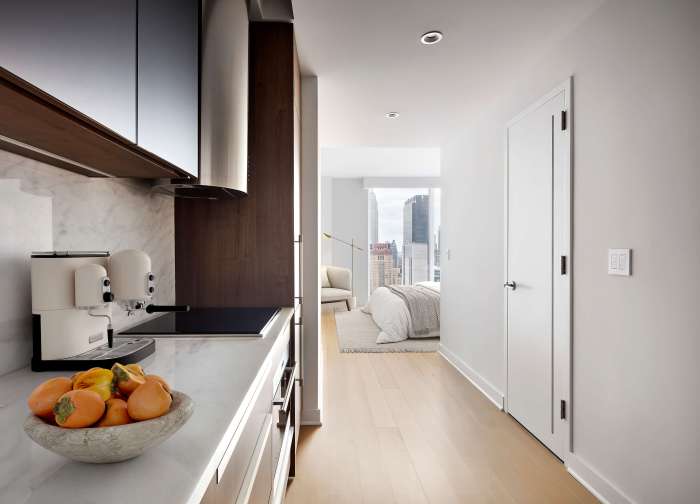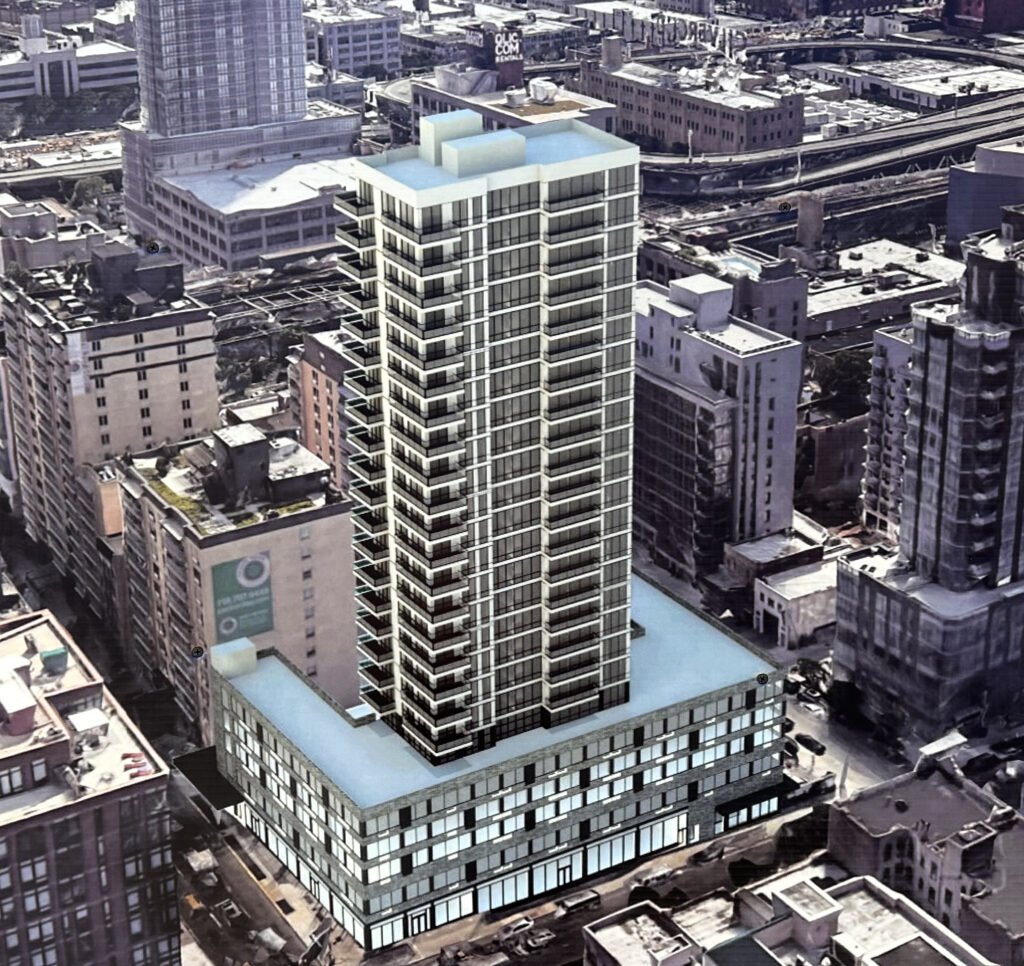BY ALEJANDRA O’CONNELL-DOMENECH | A New York Supreme Court judge extended a temporary restraining order to block developers from beginning work on three high-rise towers in The Lower East Side’s Two Bridges neighborhood.
The ruling is a temporary win for advocacy groups, the City Council and Manhattan Borough President Gale Brewer.
The New York Post reported that Justice Arthur Engoron said on Wednesday, the city’s opinion seems to be: “We can do pretty much anything we want because zoning allows it. I just can’t believe that’s the case.”
Brewer tweeted: “It’s hard to see how these projects can continue without public review. Totally agree!”
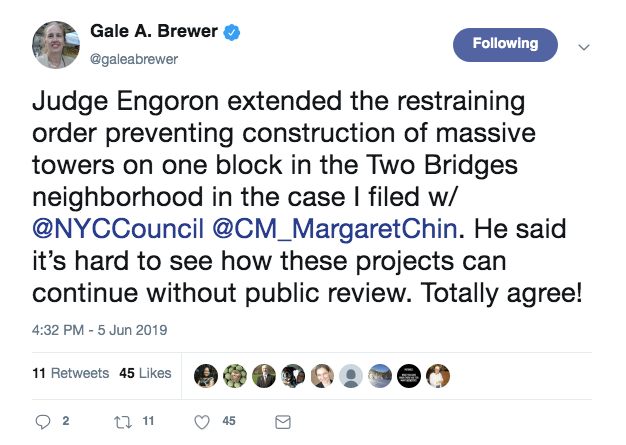
The extension runs until Aug. 2, when Engoron will present a written decision on whether the planned 1,008-foot rental tower at 247 Cherry St. by JDS Developments; a planned 798-foot tower at 260 South St. by L+M Development and CIM Group; and a proposed 730-foot building at 259 Clinton St. by Starrett Corporation would require approval under the city’s Uniform Land Use Review Procedure, or ULURP, before starting construction.
The neighborhood was formerly designated an Urban Renewal Area, where the city tried to improve living conditions by creating mixed-income housing and employment opportunities. In 1972, Two Bridges was designated a Large-Scale Residential Development, or L.S.R.D., area, under which the city is more lenient on normal land-use regulations in order to promote good site planning of large buildings that span multiple property lots.
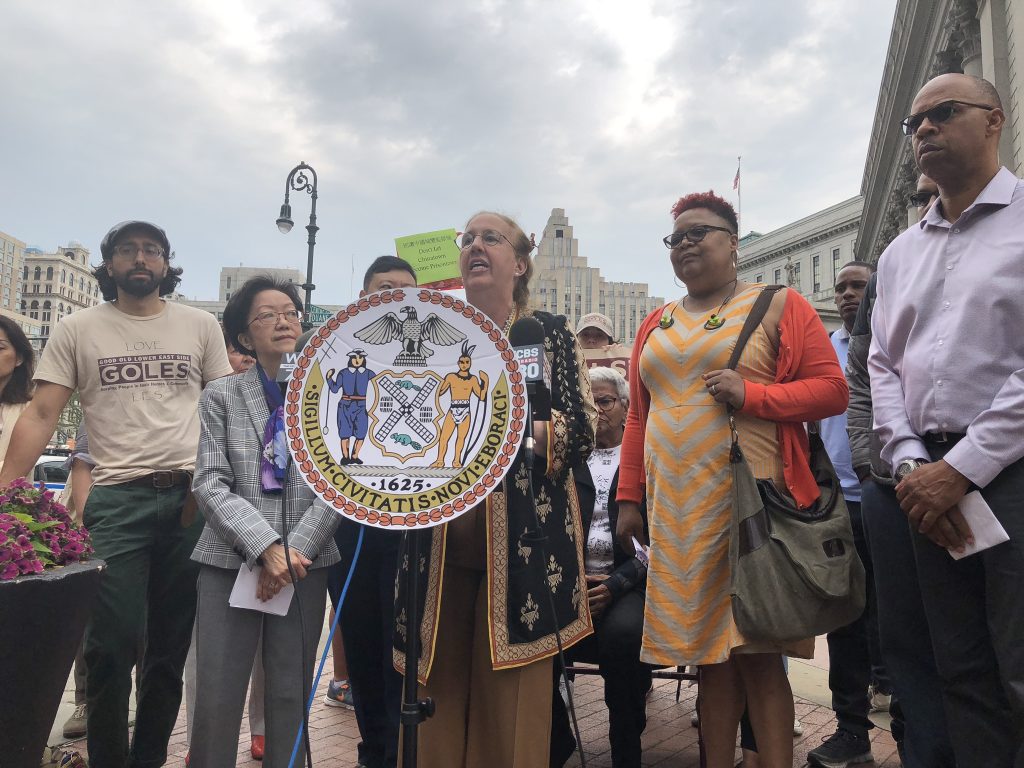
According to the city’s Environmental Impact Statement for this current L.S.R.D. project, the towers would create more than 2,700 new residential units, with 690 of those being affordable. Of the affordable units, 200 would be designated for seniors. Critics say it is unclear how the affordability would be measured. The towers would also create a total of 11,000 square feet of retail space.
Opponents argue it was wrong for the City Planning Commission, last year, to O.K. a joint “minor modification” application on a special permit for the multi-building project, which allowed the towers to skirt going throguh a ULURP public review.
Last December, two days after the towers got the green light from City Planning, the City Council, under Speaker Corey Johnson, along with Borough President Brewer, filed a lawsuit in Manhattan State Supreme Court against the Department of City Planning, the City Planning Commission and Mayor Bill de Blasio’s administration. Brewer and Johnson argued that the decision usurped the City Council’s power over land-use issues and that the development was nothing close to a “minor modification” to the existing neighborhood. Another opponent of the towers, Councilmember Margaret Chin, added that the project must go through ULURP because of the impact it would have on density and traffic, among other things, in the working-class neighborhood.
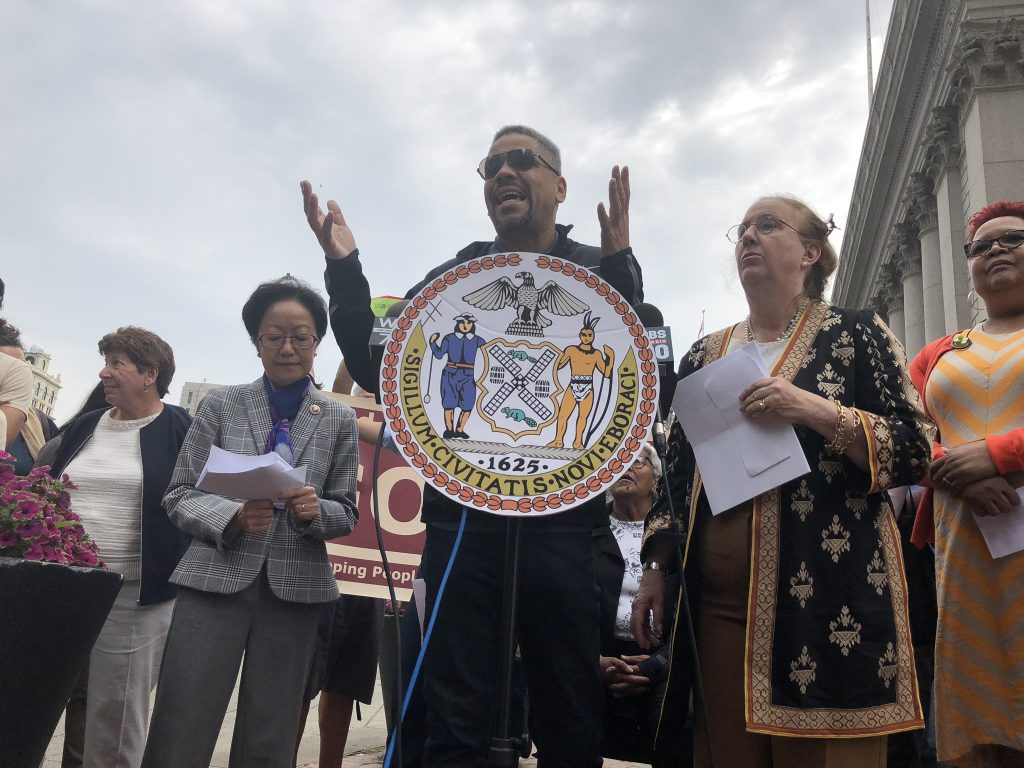
In March, a collection of Lower East Side and Chinatown activist groups, including Lower East Side Neighbors, Chinese Staff and Workers Association, Youth Against Displacement and National Mobilization Against Sweatshops, along with local residents, filed another lawsuit demanding a complete stop of the towers, saying they would exacerbate gentrification. They also argued that the large-scale residential development designation does not exempt the towers from broader zoning laws regulating the impact they would have on light and air in the neighborhood.
In Mach, a second lawsuit aginst the Two Bridges L.S.R.D. project was filed by another group of community organizations, including Tenants United Fighting for the Lower East Side (TUFF-LES), CAAAV: Organizing Asian Communities, Good Old Lower East Side (GOLES), Land’s End One Tenants Association, and LaGuardia Houses Tenants Association. That suit argues that the project’s approval should be annulled since the city did not follow the right process.



